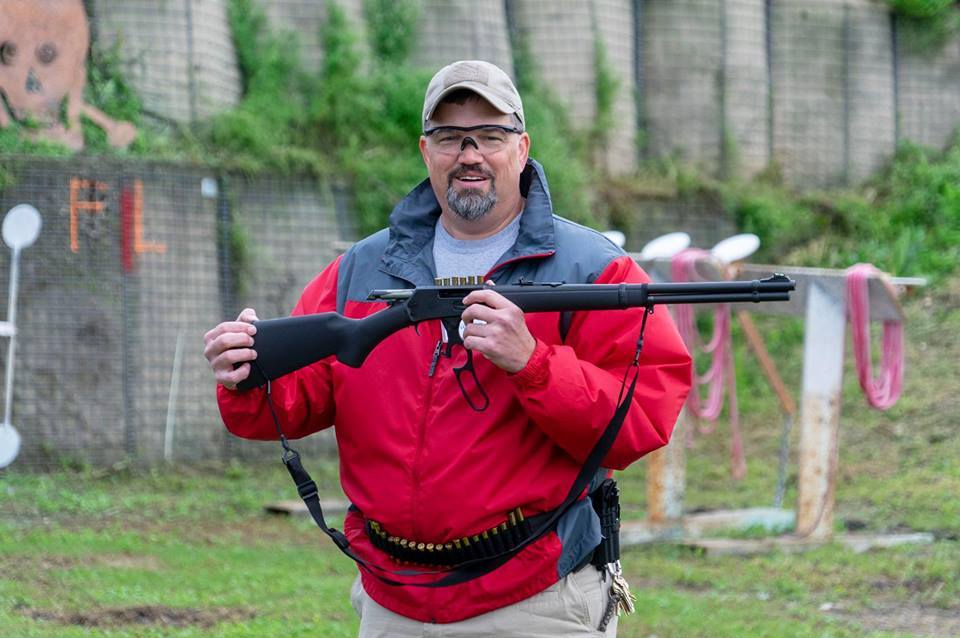When I wrote the first piece in this series, I wasn’t expecting it to turn into a series, but the responses led to the second piece, which again, I thought would put the issue to rest. It didn’t. It seems that I have stumbled onto a topic that has either sparked or tapped into a previous field of interest among shooters.
The point that I thought I made in Part 1 was that in the current era of the American rifle, the AR is indeed the most practical (and efficient) option. In Part 2, I outlined my selection criteria and why I passed on the OEM factory options on the market.
I KNOW that I can custom build the rifle that I want.
I KNOW that I can modify an existing rifle into what I want.
If I may be graciously blunt, I don’t need either of those options pointed out to me. I’m already aware.
Erik Lund dropped by my Social Shotgun/Levergun Manipulations class yesterday at the Red Hill Range, and he brought along two rifles for testing. One was a Tikka bolt gun in .308 equipped with a Kinetic Research Group stock, and the other was an AR build in 6.5 Grendel (6.5G).
I shot two 10-round mags through the bolt rifle; one each suppressed and unsuppressed. I fired one mag of Wolf ammo through the AR along with one mag of Hornady 123gr SST. All shots were on steel at 100 yards. This was not an extensive test, and I make no pretense that it was. It was simply to let me get some trigger time with a bolt gun and to get a feel for the 6.5G through an AR.
The session led me to two conclusions. The first is that my determination in Part 1 holds true. The AR was pleasant to shoot. The recoil was hardly more than that of an AR in .300 Blackout, but the ballistics are far superior, and I am simply a few mouse clicks away from the configuration I desire.
The recoil from the .308 was not harsh. It had more muzzle rise than push against the shoulder. However, a lighter recoiling round such as the 6.5 Creedmoor would be more to my liking. The 20″ barrel was heavier and more unwieldy than what I want for the intended role. Thus, my specs of a lighter, handier bolt gun as outlined in Part 2 were validated.
Even though I am now more convinced of the expediency of the AR-option, I am still intrigued by the idea of a bolt gun, and I keep coming back to a particular rifle. I just need to get my hands on one to see if I like the feel of the stock. If I do, perhaps there will be a Part 4.
I’ll close with the following video. There’s a rifleman in it doing some impressive work, and I imagine one of those straight pull bolt rifles would be mighty practical.



